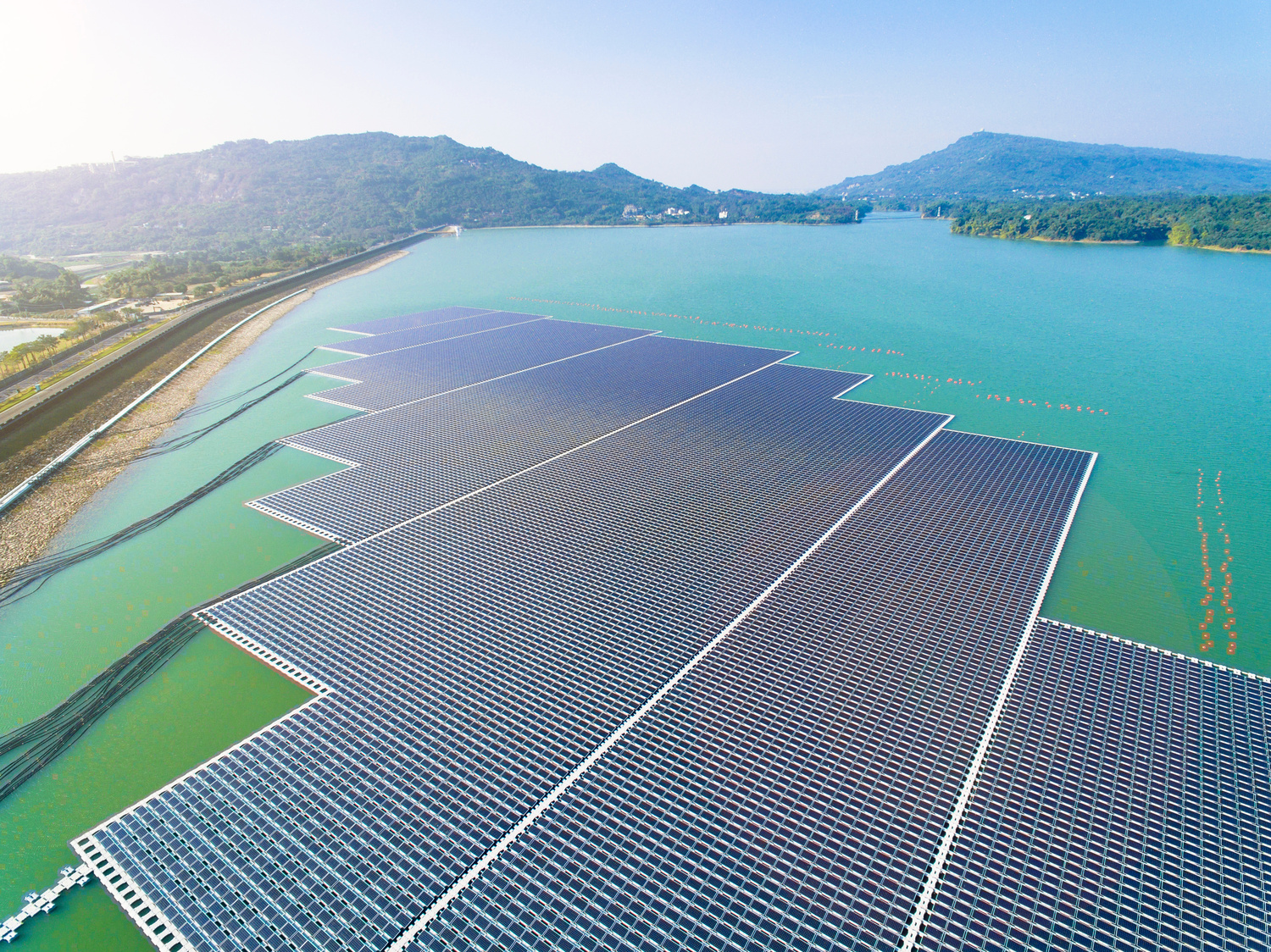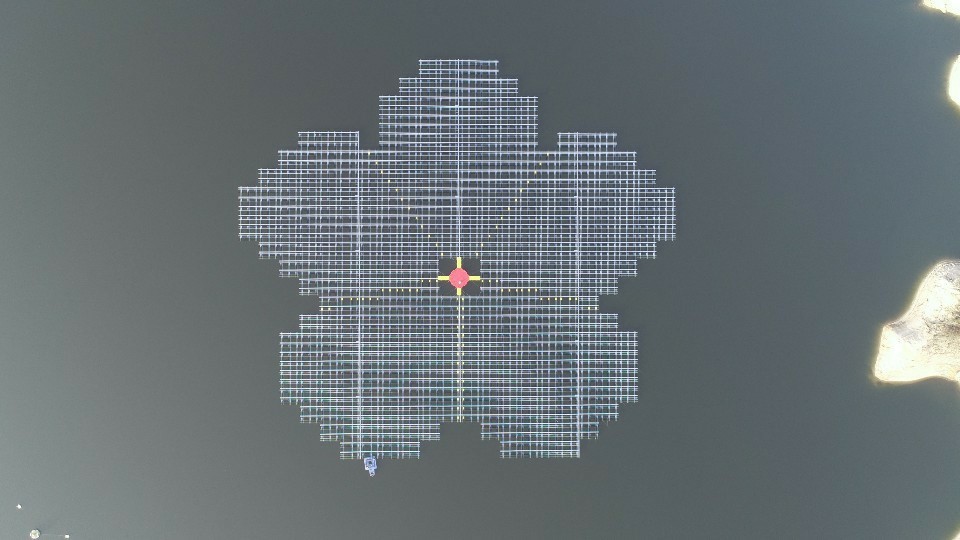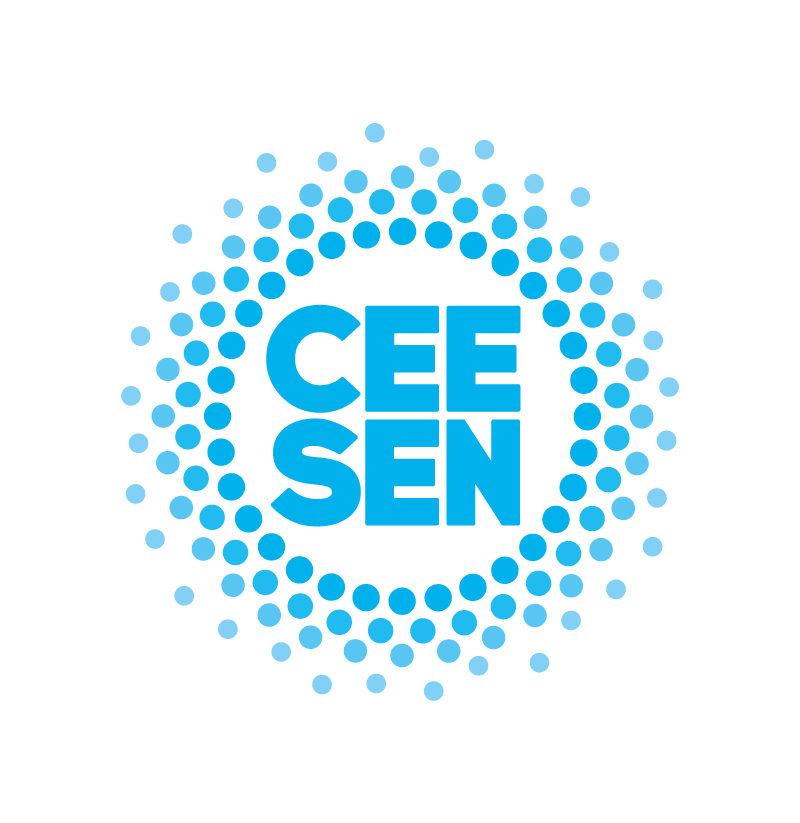Recent years have shown many controversies regarding the establishment of large PV plants for electricity production that covers big land areas. Advantages coming from these installations are surely various but there are also many people who condemn these projects because of the exploiting of the potential farm and its agricultural utilization.

Some companies, especially these where these technologies are more advanced, have identified the exploitation of water surfaces as the best solution. Netherlands for example realized the largest floating solar park in Europe, thanks to the easy installation, reaching the production of around 27 MW; Other European countries as UK, France and Germany are following this wave; in the last period also Greece joined the group by purposing a 800 MW production project, which will be realized in existing reservoirs and artificial water surface. The calculation of experts are hopeful, with an exponential growth from the 2 GW of 2019 to the expected 62 by 2030, considering all existing installation in the world. Despite the high initial cost of this application, it presents many technical advantages; its ability to withstand the presence of strong winds make it suitable for possible bonds with hydroelectric plants or offshore wind power plants; this will ensure the supply also in absence of wind (for the offshore application) and possible scarcity of water during dry periods (when they are linked with hydroelectric plants).

Other good example that support the potential of this implementation is represented by the 41 MW array realized in an artificial water reservoir of South Korea which project has been realized by the national water management company. Advantages are many and this application is going to be one of the most interesting in the next years, hoping it could solve the existing discussions and lead to the reduction of excessive land use.
As every technology, also this amazing innovation presents both pros and cons; main problems are surely represented by the difficulty and cost of their implementation that are still high; other issue, mainly for what concerns maritime application is the unstable condition of panels’ array because of the presence of currents and wind, obviously accentuated if we think of an offshore system where panels have also to face the presence of waves and a climate that could change a lot compared to closed surfaces (lakes and other artificial water surfaces). On the other hand some cons are, as already presented, the possibility of exploiting the water surface, without interfering with the aquatic wildlife or occuping pieces of lands potentially available for agriculture and farming; this technology can be used also in these water basins where there is no wildlife, maybe because the water is stored as waste of industrial process. The best advantage coming from this application, is probably the possibility to replace the energy production of other renewable resources, wind turbine and hydroelectric for example, which depend on conditional primary resources (solar and wind energy) or being an addition for a second (but practically constant) energy production. An Important aspect that must be taken into consideration, especially for what regards plants and animal life, is the choice of the correct material for the realization of the entire structure that for these PV power plants but also a constant monitoring of the physical status of the structure.
Following what has just been presented and by observing the latest developments, this application could be very attractive in the nearest future.
Sources: pv magazine | intersolar
